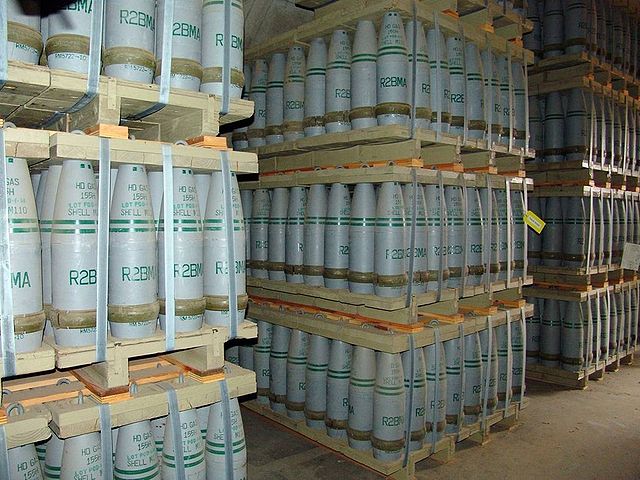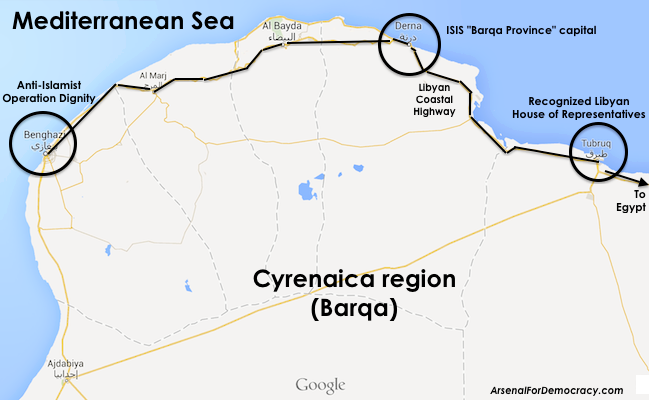ISIS appears to have made the same major error in Sunni Iraq as the United States did nearly 12 years ago, pursuing a de-Baathification policy and thereby alienating a key constituency that might otherwise have backed their occupation — Baathist military officers and pro-Baathist Sunni tribes.
These Baathists generally have the most military and administrative experience in the the Sunni regions of Iraq, due to their military and governmental service under Saddam Hussein. Additionally, most membership/follower estimates of both the new paramilitary wing (which aided the ISIS capture of Mosul) and the political party put them at significantly larger numerical strength than the ISIS brigades operating in Iraq, if not all across the so-called Islamic State.
All in all, this policy seems to be backfiring on ISIS much the same way it backfired on the United States, as demonstrated below in a comparison between recent articles and articles from various points in the U.S. war effort after March 2003.

Late Baathist-era flag of the Republic of Iraq, 1991-2004.
The Atlantic, this week:
But once its initial gains were secured, ISIS quickly betrayed the very groups that had aided its advance. Most prominently, ISIS declared the reestablishment of the caliphate, with the group’s spokesman Abu Muhammad al-Adnani claiming that “the legality of all emirates, groups, states, and organizations, becomes null by the expansion of the khilafah’s authority.” The statement clearly signaled that ISIS believed it had usurped the authority of its allies; indeed, in early July it rounded up ex-Baathist leaders in Mosul (doing so proved particularly problematic for ISIS because the ex-Baathists were also managing the actual governance and administration of the northern Iraqi city, and their arrest hastened the rapid disintegration of basic services).
[…]
And ISIS’s bureaucratic mismanagement has alienated local populations, leaving them with a lack of job opportunities and essential services.






